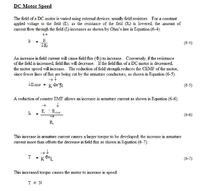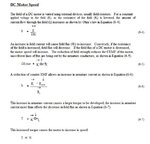sysysy
Member level 3
Hi,
can anyone tell me the back emf voltage is against the voltage supply from the motor terminal?
is this related to the inductance characteristic? can anyone give me a details explanation.
thanks.
regards,
sysysy
can anyone tell me the back emf voltage is against the voltage supply from the motor terminal?
is this related to the inductance characteristic? can anyone give me a details explanation.
thanks.
regards,
sysysy

